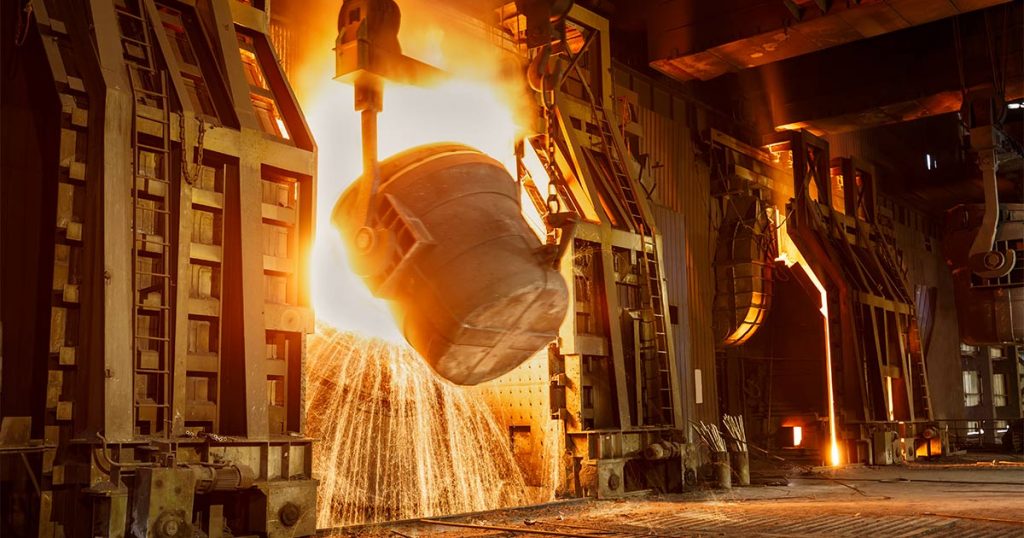US$1bn joint venture to transform steel industry
The joint venture between Zimbabwe and China’s largest steel making giant Tsingshan, worth more than US1 billion, is expected to be a game changer for the mining industry not only in Zimbabwe, but in Sadc as it will transform the region into a force to reckon in global steel production, analysts have said.
The venture, whose ground-breaking ceremony has been earmarked for May this year in Manhize, near Mvuma, will be one of the stepping stones as Zimbabwe moves to achieve a US$12 billion mining industry by 2023.
The mines and associated steel works, financed by Tsingshan Holdings, are one of the ventures taking off on the back of President Mnangagwa’s “Zimbabwe is Open for Business” thrust.
The Chinese investment materialised after President Mnangagwa, who was the then Vice President flew to China and met Tsingshan Steel chairman Xiang Guangda in 2016.
Former Zimbabwe’s top diplomat to China, Ambassador Christopher Mutsvangwa, said no country could cope with the modern development challenge without a domestic steel industry.
“No nation can scale the modern development challenge without a domestic steel industry. President Mnangagwa has cogently nailed it. Vision 2030 is now eminently realisable. The project is on course courtesy of the Second Republic,” said Ambassador Mutsvangwa.
Economic analyst, Mr Eddie Cross said the investment was unique in that it was the first of its kind from a steel production firm.
“This new investment is the first of several major investments by companies in the iron and steel industry and related sectors. The total sum that will eventually be involved will be very considerable and will be a game-changer for Zimbabwe and the SADC region.
“It is going to involve heavy industry, railways, energy and water supplies. The investment in mining to support this activity will also be very substantial. The size of these investments is very substantial,” he said.
Another economic analyst, Mr Andrew Cranswick said the project will not only help in terms of bringing money to Zimbabwe, but widening the tax base owing to the subsequent expansion of downstream industries.
“It is very exciting to have investments like this happening in Zimbabwe because it is not just mining, but beneficiation and manufacturing and downstream benefits to the gross domestic product. Taxpayers will benefit many times more than the initial investment.
“It is also relevant to note that there are very few countries in the world which have both large iron ore reserves and coking coal reserves. This is important because coking coal and iron ore together make up 80 percent of the costs of steel manufacturing.
“So we should be a major player in the steel manufacturing industry and we are hoping that major players in India, Japan, China, South Korea and even Western countries will look at relocating steel manufacturing to Zimbabwe,” said Mr Cranswick.
Giving oral evidence before Parliament’s portfolio committee on mines last week, Mines and Mining Development Minister Winston Chitando said the mining sector was on track to meet the industry target of generating US$12 billion annual revenue by 2023.
He said the ministry is carrying out an assessment of performance of the industry since the launch of the policy in 2019 with this assessment set to be released at the end of this quarter.
“While we await the results of the assessment currently going on it is clear that the fundamentals for the minerals are in place to meet the US$12 billion target,” Minister Chitando said.
Under the US$12 billion mining roadmap, gold is expected to contribute US$4 billion, platinum US$3 billion while chrome, iron, steel diamonds and coal will contribute US$1 billion.
Lithium is expected to contribute US$500 million while other minerals will contribute US$1,5 billion.
Addressing a post-Cabinet briefing on Tuesday, Information, Publicity and Broadcasting Services Minister Monica Mutsvangwa, said Cabinet had been briefed on the mining sector progress and was impressed.
Of this brief, the Tsingshan steel project is one of the major highlights and a memorandum of understanding has already been signed with the Chinese mining giant in various mining projects including stainless steel.
Some minerals covered under the memorandum include ferrochrome, coking coal, iron ore and carbon steel, flurolite and limestone, according to documents.-herad.cl.zw









